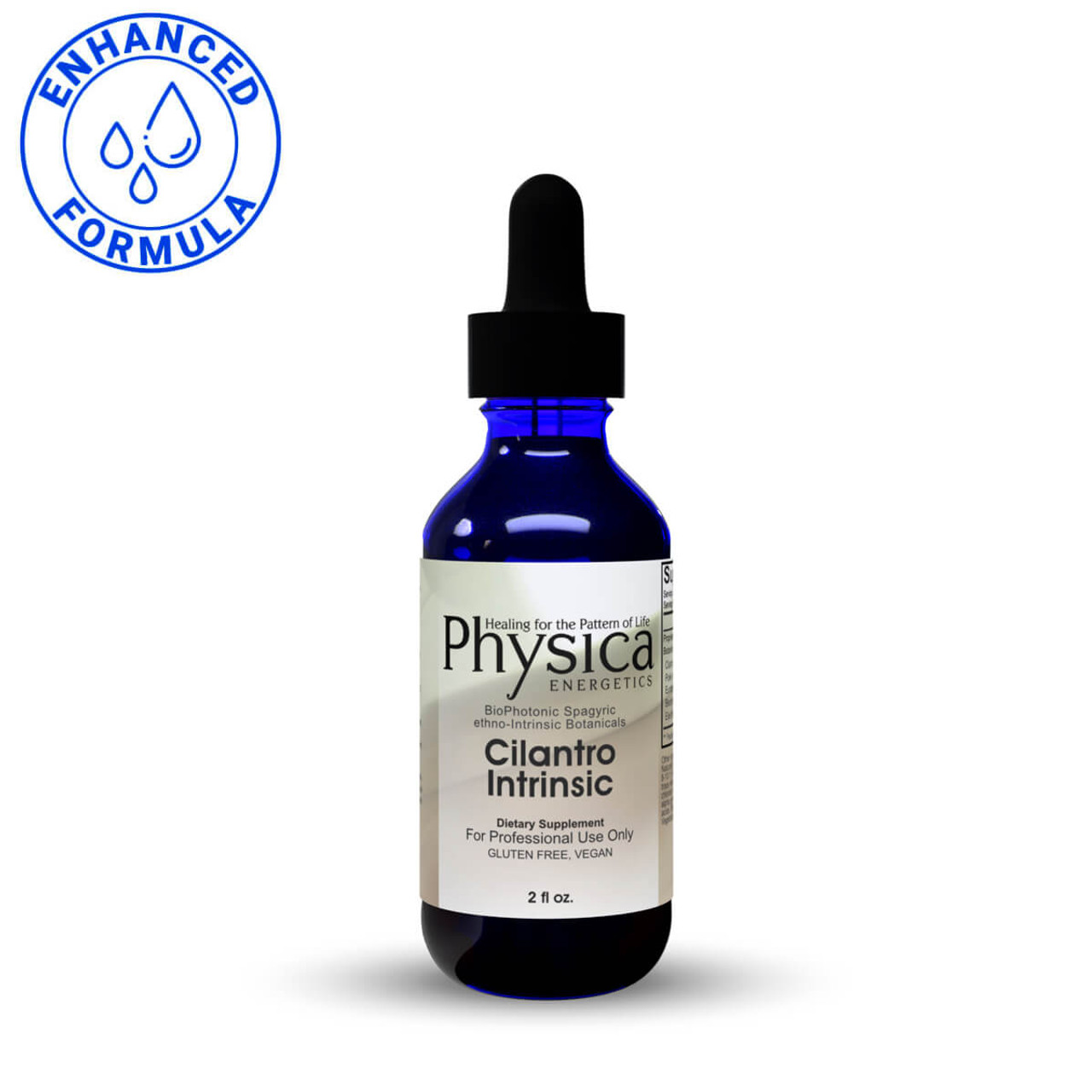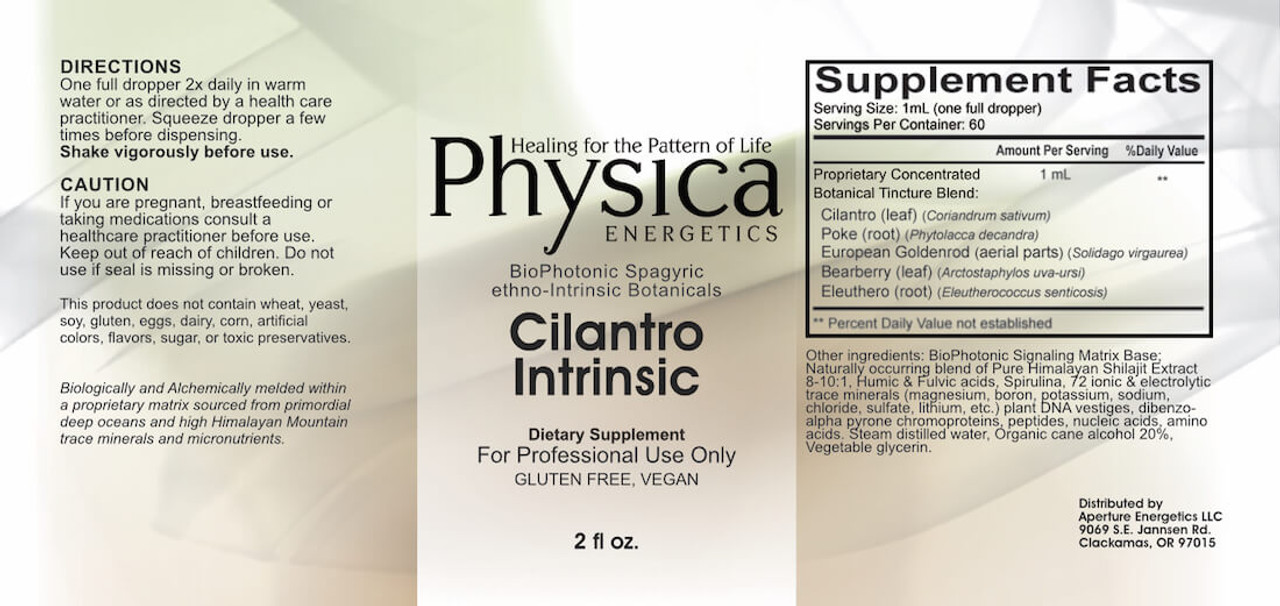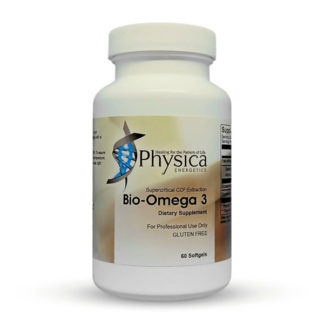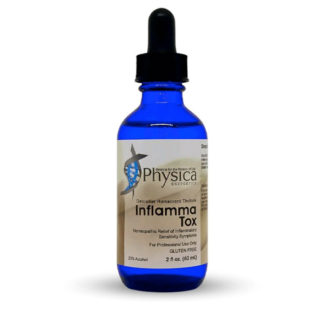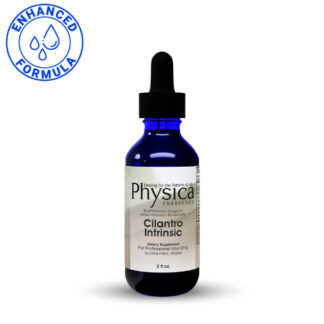Description
Cilantro (Chinese parsley) has been shown to displace mercury, lead and aluminum from the cell wall. Metals are attached here as lignans on receptor sites that usually are reserved for calcium, other essential minerals and hormones. Mercury has a preference for the estrogen receptor. Cilantro competes with this mechanism.
Cilantro Intrinsic is a synergistic blend of BioPhotonic Spagyric ethno-Intrinsic botanicals that has been specifically designed to support the body in the elimination of mercury and heavy metals from intracellular tissue, the brain and the central nervous system.
This blend of carefully chosen botanicals offers an effective means of mobilizing mercury stored in the intracellular space (attached to mitochondria, tubulin, liposomes, etc.) and in the nucleus of the cell, thus assisting in the reversal of DNA damage caused by toxic mercury. These herbs mobilize this toxic load and flood the connective tissue to flush out metals that were previously hidden (Cloaked Disturbances). The complementary herbs used in Cilantro Intrinsic then aid in the excretion of the metals via urine and feces. Many practitioners report using Cilantro Intrinsic when the case becomes “stuck” due to lymphatic congestion at an “unobservable level” (rigid signals). Cilantro Intrinsic is a central remedy in all metal detoxification programs.
Heavy metal toxicity has been implicated in the development of many conditions, including nerve function impairment, muscular pains and spasms, ‘brain fog’ and memory problems, Chronic Fatigue Syndrome (CFS), Candida overgrowth, allergies and many others. Mercury and other heavy metals, such as lead and cadmium exert most of their toxicity by destroying important proteins, many of which are enzymes, hormones, or cell receptors. Mercury attaches to the sulphur-containing amino acid building blocks in proteins: methionine, cysteine and taurine. These sulphur-containing amino acids are present in all proteins and numerous enzymes require intact sulphur groups to function. The binding of mercury thus caused an impairment in the function of many critical enzymes in the body.
One of the primary methods of removal of toxic metals from the body is via the pathway that goes from the liver into the bile, where it is then transported to the small intestine and excreted in the feces. Inorganic mercury is complexed with glutathione in the bile, suggesting that glutathione status is a major consideration in the biliary secretion of mercury. This same pathway is affected by a mercury-induced reduction of available taurine needed to produce bile acid (taurocholic acid).
Disposal of the body’s burden of mercury is mainly via excretion within the urine and feces, although minute amounts are detectable in expired air. When the micro flora of the intestine has been reduced through stress, poor diet, use of antibiotics and other drugs, the fecal content of mercury is greatly reduced. Instead of being excreted in the feces, the mercury is re-circulated back to the liver. The kidneys are equipped with an efficient, energy dependent mechanism for disposing of metals such as mercury. Kidney tissue contains a thiol-rich protein called metallothionein. Exposure to toxic metals triggers the production of this protein, which binds tightly to the metal, retaining it in the kidney tissue in a relatively harmless form. When this process breaks down, the kidneys’ capacity for production of metallothionein is overwhelmed, and mercury excretion can eventually cause an imbalance in the systems of the body, resulting in the movement of toxic metals through the body to lodge in the intracellular tissue and the brain.
These statements have not been evaluated by the Food and Drug Administration. This product is not intended to diagnose, treat, cure or prevent any disease.
